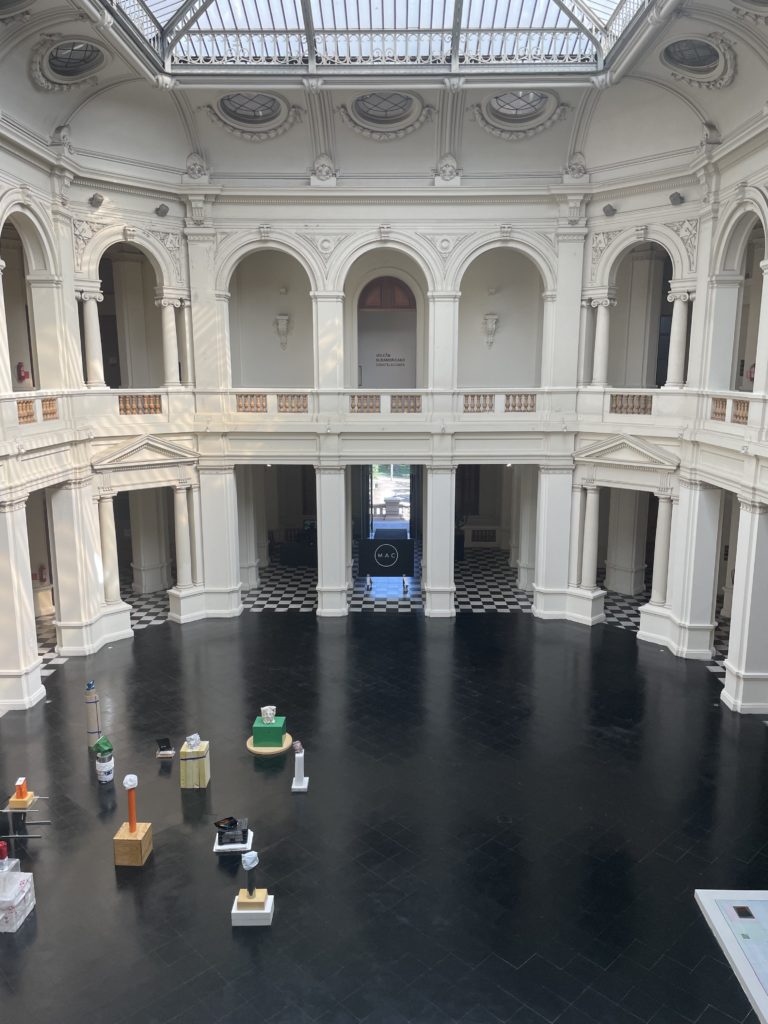
So what are classes like abroad? What is the difference to the classrooms at Hope? How will I be able to manage everything that may come with studying abroad while also being a student?
To those who are thinking about studying abroad or preparing for their study abroad program, don’t worry – you can do it! The experience I have had with classes in Chile has been the best I could’ve asked for while in a completely different country and curriculum that I was used to. First off, I was able to have many Zoom meetings with the academic director for IES Santiago before I left the States, as well as a Zoom interview with the Spanish classes coordinator so that my Spanish level got assessed. All the questions I had, especially with making sure that classes/credits transferred over, were always answered within these Zoom meetings. This helped relieve the stress I had about choosing classes and making sure that everything was all set even before I left for the program. Within the second week of orientation and being in Chile, the academic director, Angela, required each student to meet with her so that we can all sit down with her and talk about all things academics in order to smoothen out the process of registration for those taking local university classes. Since I did not need to take local university classes, due to my clinical observations counting for credits, my registration process was very smooth-sailing.
I was able to choose from the IES courses that were offered for the Spring semester, which made a lot of my academic decisions pretty easy. I was able to take classes that I normally would not take at Hope and got to really enjoy what I was learning. At Hope, I was used to either only taking classes to fulfill a Spanish requirement, a chemistry requirement, or a pre-med requirement. For my semester abroad, I was able to take a history course and an art course in addition to the required Spanish course and the classes needed for the health studies program. What I was most excited about were the history and art courses I was taking because the curriculum seemed very intriguing. There was the classroom setting, but there were also scheduled field trips built into the course. The opportunity to learn outside of the classroom and put into perspective everything that I was learning helped me to dive into the culture and really immerse myself to understand Chile.
It is important to note the key role that professors played in my learning experience. They have really left an impact on me with all their wisdom, passion, understanding, charisma, and kindness. Honestly, the relationship that I was able to have with my professors at IES Santiago reminded me of the relationship that I was able to have with my professors at Hope. Since the classroom sizes were pretty small, we were able to build a tighter relationship between classmates and professors, which is what I really loved about the small classroom sizes at Hope. I really do appreciate the small size similarities with Hope because I was able to have a sense of belonging and familiarity that helped to be a student in a different country and with a different grading system/curriculum.
What this whole experience made me realize was that, in a way, being a student at Hope prepared me to get adjusted and know how to be a student anywhere I go! I am more than positive that anywhere you decide to go, you are well equipped and prepared to go beyond the classroom to acquire life-changing skills.